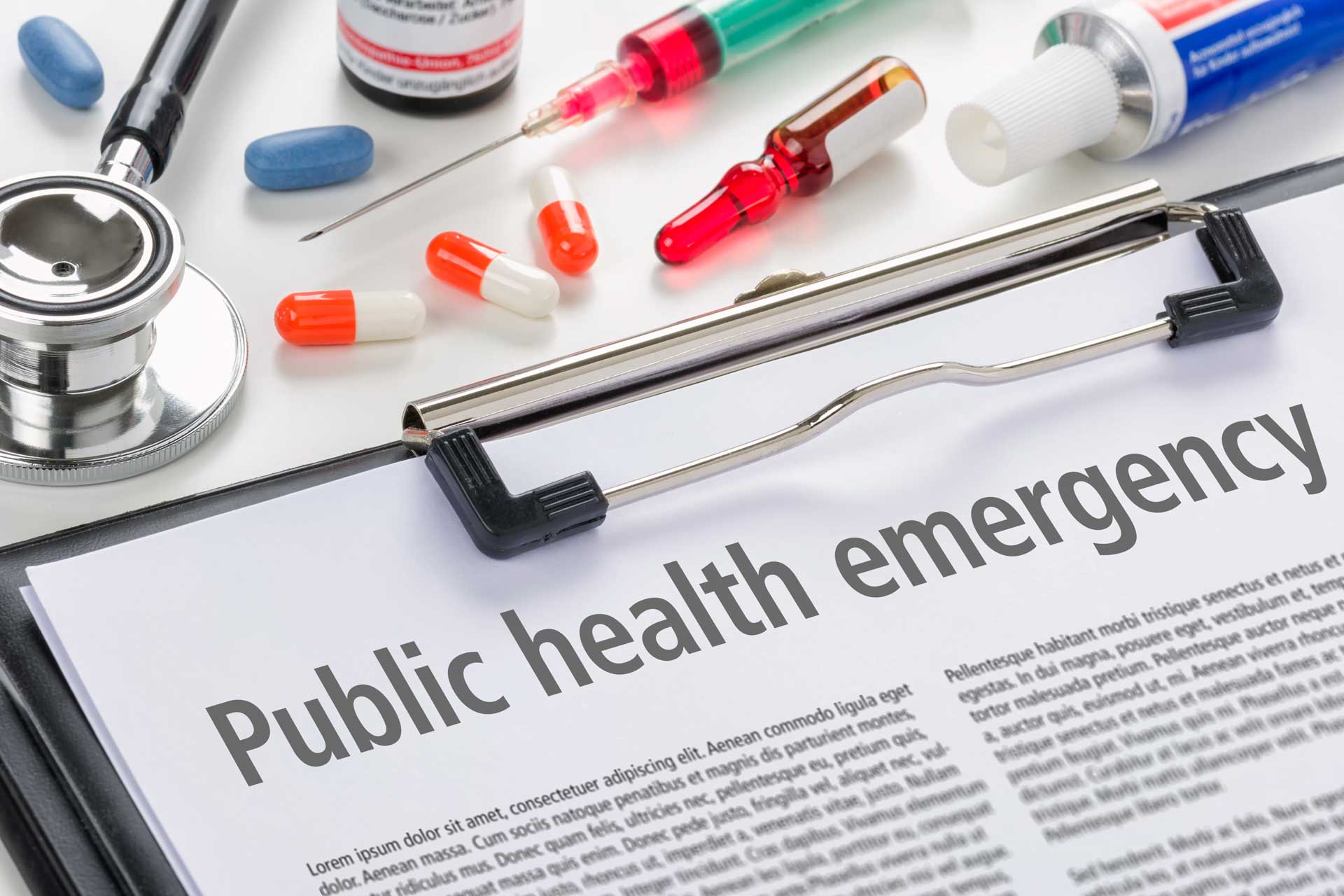With school district budget planning and presentation season underway, no doubt Elementary and Secondary School Emergency Relief (ESSER) funds and spending will be part of the discussion. Between ESSER I, II and III, a total of $189.5 billion in Federal funding was provided starting in 2020. Here’s a look at where things stand now and what may be coming next.
ESSER I was part of the Coronavirus Aid, Relief, and Economic Security (CARES) Act in FY 2020 and allocated $13.2 billion. Funds had to be obligated or budgeted by September 30, 2022 and liquidated or spent by January 28, 2023. (Seven states – including Illinois, Indiana, North Carolina, Mississippi, Ohio, Texas, and Wisconsin – along with the District of Columbia received an extension to March 30, 2024 to draw down funds.)
ESSER II allocated $54.3 billion under the Coronavirus Response and Relief Supplemental Appropriations Act (CRRSA) in FY 2021. Funds have to be obligated by September 30, 2023 and liquidated by January 28, 2024.
ESSER III was part of the American Rescue Plan and allocated $122.8 billion in FY 2021. Funds must be obligated by September 30, 2024 and spent by January 28, 2025.
Although COVID and all its protocols are becoming a memory, school districts are still dealing with the impact. Initially, funds were used to support continuous learning during the pandemic; reopen schools; and address students’ academic, social, and emotional needs. Then, the funding focus shifted to re-engaging students. Finally, funds focused on recovery, driving educational progress and emotional/mental health, and addressing critical personnel and staffing needs.
Of the Federal funds, New York received $14 billion; the City received $7.66 billion. A November 2022 press release from the Office of the NY State Comptroller revealed big differences in how funds are used. For example, the NYC DOE’s investment in closing the learning gap represents a smaller share of funds than other large NY districts and national peers. Also, while NYC planned to spend 30.6% on operational supports (i.e., reopening costs; teacher retention; learning technology; and existing programs), Rochester and Buffalo allocated about 62%; Syracuse and Yonkers allocated 36% and 38%, respectively.
NYC’s second largest allocation or 28.4% was for full expansion of universal free educational childcare for three-year-olds (although this may be changing to boosting quality of existing programs considering it will cost $752 million annually to maintain an expansion). By comparison, Rochester, Buffalo, Syracuse, and Yonkers were planning to use 2% or less for early childhood education.
NYS Comptroller DiNapoli urged school districts to monitor and report on academic recovery so policy makers and the public can “assess the effectiveness of funding decisions made.”
In late December, a U.S. Department of Education report provided an update on ESSER spending for FY 2021. K12 Dive notes, “The report said while there are ‘hopeful signs of recovery,’ education leaders and their communities at every level need to continue maximizing ESSER funds and other federal, state, and local resources to address student needs. Specifically, the report mentioned academic support through high-dosage tutoring programs and high-quality summer learning and after-school programs. Also emphasized was ensuring adequate staffing levels and mental health supports for students.”
Late last year McKinsey & Company surveyed 260 district leaders and found more than 90% of district administrators faced challenges deploying funds due to administrative hurdles, talent shortages, and lack of planning/operational capacity. Based on results, McKinsey suggests assessing the impact of existing investments to see what worked; developing new initiatives to fill gaps and allocate remaining funds; and re-examining next steps based on a set of defined criteria (i.e., student outcomes). McKinsey notes, “Districts can think beyond the two-year time frame, prioritizing investments in which money can be spent now that will build toward the future and reimagining elements of their education strategy and delivery to better meet students’ evolving needs.”
There are two more reasons to re-evaluate remaining ESSER budgets and plans. Costs have dramatically increased due to the economy. Also, as noted as part of Education Department FAQ updated in December, there are more pressing needs to address the pandemic’s impact on learning and emotional/mental health. In fact, districts are advised against using ESSER funds on new construction projects, according to K12Dive.com.
While your district is focusing on budget season and longer-term plans, you can depend on RBT CPAs to handle your accounting, tax, audit, and advisory needs with the highest levels of ethics and professionalism. We’ve been serving school districts in the Hudson Valley for over 50 years and believe we succeed when we help our clients succeed. Give us a call to see what we can do for you today.










